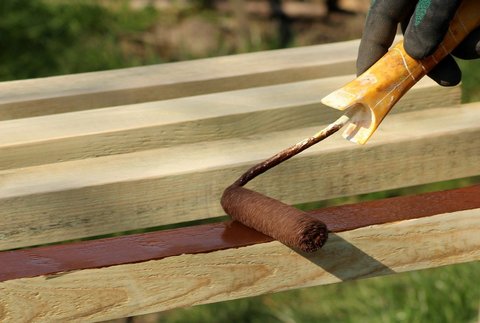The wood filler or the wood grain filler is very important material – element , concerning the treatment of your wooden project , before you make your final finishing steps .
We call wood filler or wood grain filler , any product natural or chemical or a mixture of natural and chemical factors , anything that can penetrate inside the wood’s pores , creating bonds with the wood’s molecules and become a part to he wood’s mass .

Using a wood filler you fill the wood’s pores with this filler element – material of your choice and you make your wood stronger , more solid in general , more ready to “accept” the final finishing treatment and you protect it from external circumstances .
I know that many people are confused , from the so many products – elements outhere which are for the the pre-treatment of the wood and this is a very normal thing .
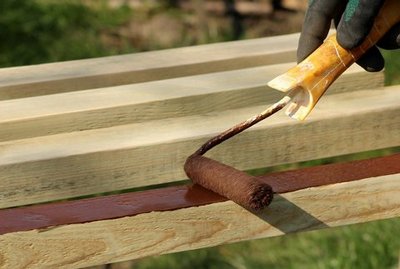
Wood fillers , wood grain fillers , primers , sealers , wood putty , wood restorers , wood removers , wood repairs , wood sticks are some of the names you hear in this area and you may be confused .
Everything , every material that goes – penetrates inside the wood’s pores – fibers – molecules and fills them permanently or for specific time periods , creating bonds with the wood , can be considered as a wood filler .
Or maybe a wood grain filler .
Or maybe a wood sealer .
Or a wood hardener maybe .
Or a wood recover is it has some features of the recovering area , along with other features .
Or a wood restorer if it’s more targeted to the recover area .
Or a wood hardener . Or , or , or , whatever you can imagine . The chemistry area for the wood treatment is endless .

The certain thing is this and this is what you should have in your mind as a lighthous , in order not to be confused :
Whatever is the material , if it goes inside the wood , “catching” a place – making bonds with the wood’s pores – fibers , is certainly a wood filler , because it fills the wood and it can be also many other things .
A wood filler can be a sealer , too . A wood filler can be a restorer too . A wood filler can be a grain filler , but also a wood hardener too .
A wood restorer can be a wood hardener too for a grade , if it contains some specific elements in its mass .
A wood sealer can be a wood filler too and maybe a nice wood primer also . The combinations are endless .
See in HERE some of the most classical wood fillers , i’ve chosen for you from the stores to buy .
So what is the difference between all these many wood treatment products – materials ?
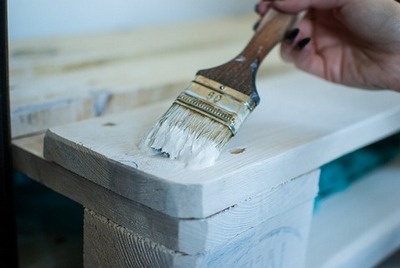
The difference of all the above materials , is that their chemical formula is designed to do only one specific job extremely well , than other jobs in wood and to create specific bonds with the wood’s molecules , in order to fullfil a specific “mission” .
The chemical formulas of these materials are totally focused and designed to make only one job to the wood as better as they can and have a specific “behavior” with the wood’s molecules .

If at the same time they do some other job quite well it’s ok , but their main focus is to do one specific “mission” as better as they can and behave with the wood in a specific way .
A wood filler can be a sealer too , but it cannot do the job of a wood sealer which is designed to seal wood’s pores first and then all the others .
A wood hardener can be a wood filler or a sealer also in some grade becuase it goes inside the wood , but it’s main mission is to make wood’s pores – fibers and stucture hard first , and then all the others .
So clarify that in your mind and don’t be confused , when you go to the markets to supply products for your wood and don’t subconsciously say , that : “all stuff are the same” .
There are not .
Every product – material is designed and targeted for a specific area , even if it can do some other “job” , to your wood , at the same time .
What can i use to fill grain in wood ?
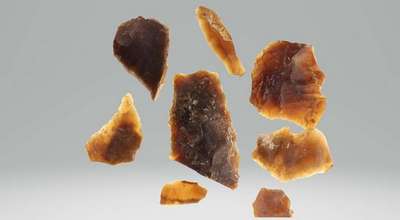
You can fill the grain in your wood by using an endless list of specialized products designed for this job , or make countless combinations of natural and chemical elements, using them as wood grain fillers , having excellent results .

Several oils( warm or not )mixed with wood dust( more traditional ) or pumice stone , wood glue mixed with wood dust are some characteristic combinations .
Is Grain filler the same as Wood filler ?
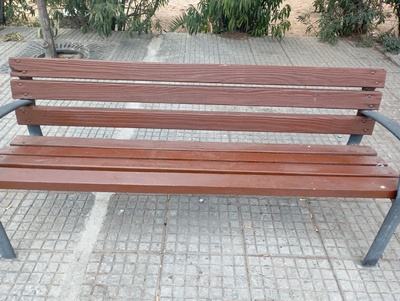
No , there aren’t 100% the same and every product in the markets are designed to do a specific job , as better as they can , even if they can fullfil other jobs with nice results , also .
Usually the wood filler stuff have a little more thicker molecules than the grain fillers and there are more efficient to fill bigger holes , crack , et.c , in wood .
The wood grain fillers are more deep wood penetration , oriented .
Is wood grain fillers , Necessary ?
Yes , if you want to fill your wood’s pores the deeper you can , to protect them maybe or make the wood’s texture more visible , or you want to close the wood’s pores to a specific level , in order to use a finishing produst that requires closed pores .
What can i use as grain filler ?
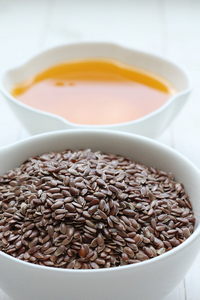
You can use whatever specialized product you can find in the stores which is suitable – appropriate for the job , or you can use several natural oils mixed or not with solvents( for deeper penetration ) to fill the wood’s pores as deeper as you can .
Can you make your Own grain filler ?
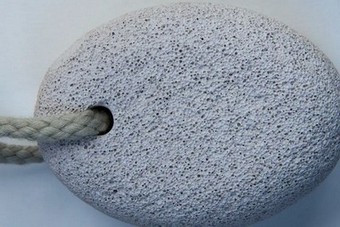
Yes , you certainly can and you can use combinations with several oils only , trying to fill your wood’s pores and fibers or combine them also with wood dust and pumice stone , for stronger and more solid results .
If you heat the oils make them more flexible , even better .
When should i use a grain filler ?
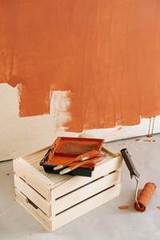
Usually we use the grain fillers as substrates , in order to make our final wood finishing with other materials as stains , paint , waxes , laquers , et.c , but you can use a grain filler as a wood’s stabilizer – protector and make it stronger in general .
The beekeepers use warm linseed oil( they boil their beehives) , before they paint their beehives , to make them stronger , solid and “accept” better the final finishing – paint .
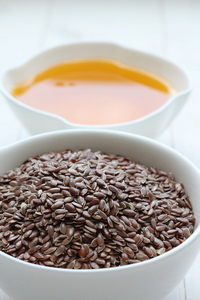
Do you Stain , before or after the grain filler ?
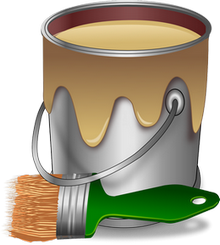
You stain after the use of a grain filler , because we use the grain filler as a substrate to “prepare” the wooden surface for the stain which is the final step of our wood finishing , but this isn’t an unbroken “law” , of course .
For some reason you may want to stain your wood , let it dry , sand it a little , use a grain filler and then use stain again . You can do it .
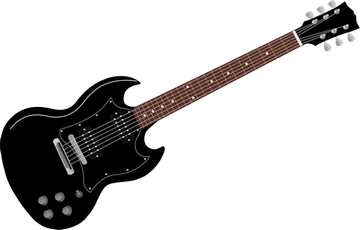
In this way you may want to reach a specific shade for your wood , even if it isn’t the “political correct” way and the grain filler won’t do very deep to your wood , but you can do it if you like .
There is no “forbitten” situations in woodworking . Do as your wood “apetite” wants , in order to get the result you want . Think “outside the box” .
Some of most classical filler sticks to buy , for wood repairing for after your finishing in HERE .
Can you paint , Over the wood grain filler ?

Yes , you can surely can paint over a nice grain filler , because a suitable and nice grain filler is a very fine substrate for your final finishing , whatever this finishing may be .
How do you Apply the wood grain filler ?
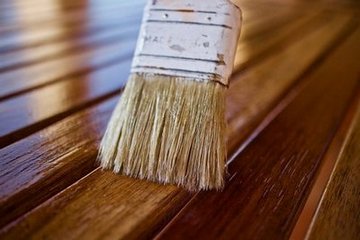
You can use whatever suits you and it’s convinient for the specific wooden area you want to apply your filler , from a nice brush to a cloth , et.c .
Can i apply wood filler , with my Fingers ?
Sure you can and you should always improvise to get the result you want to get .
Should i Sand before the grain filler ?
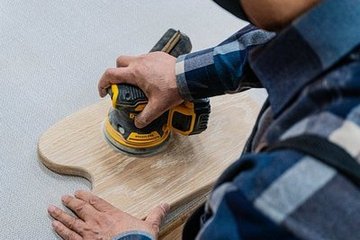
No , i don’t suggest you to sand and smoothen your wooden surface , before you apply your grain filler , because you want the wood’s pores to be as much open as they can be , and the grain filler to penetrate as deeper as it can .
I suggest you to sand with an aggresive sandpaper or whatever you have , in order to open the wood’s pores as much as you can and “suck” big the grain filler .
After the drying you can smoothen your surface . I do that with all of my oils , especially the linseed one .
Do you sand , After the filler ?
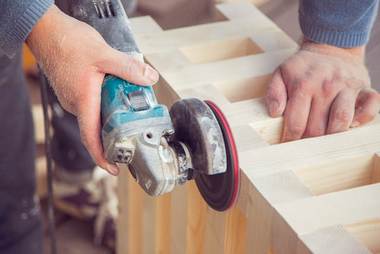
Yes , if you like and want a smooth surface , in order to proceed to your final finishing material , but again it isn’t necessary , if you don’t want to and you want to feel the roughness in your hands .
Of course if you leave the pores open , you’ll need more quatinties for your next steps finishing products .
Some of the best abrasive products for you in HERE .
How do you make Cheap wood fillers ?
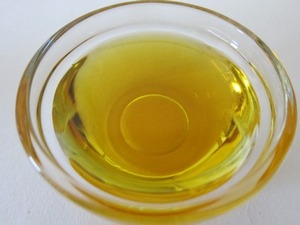
Oils , wood dust , and pumice stone are very fine and well tested solutions , to make cheap wood fillers and have excellent long lasting results in any conditions .
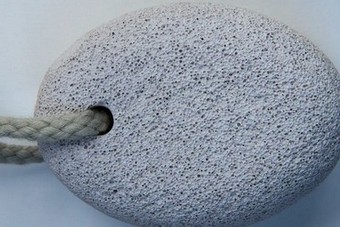
Sand your wooden part to open its pores , don’t wipe it , leave the wood’s dust on it , apply your favorite oil on it ( i warm it a little ) and you’re ready .
Is Saw Dust and Glue , the better wood grain filler ?
No , there aren’t the best grain filler , even if it is a nice solution for you to create at home and don’t spend money , because their combination is kind of a thick , it won’t penetrate the wood’s mass very deeply and of course it isn’t so specialized for the job , as a good produst from the markets .
Will Shellac , fill the wood grain ?
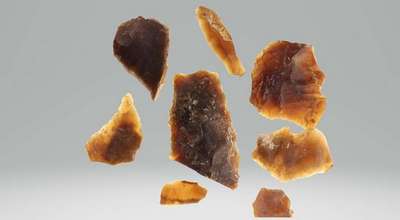
Yes , it will fill the wood’s grain very good and it’s one of the most capable natural resins you can have and use as a grain filler , providing strong results , of course with a glossy appearance .
Can i use wood Glue , as a filler ?
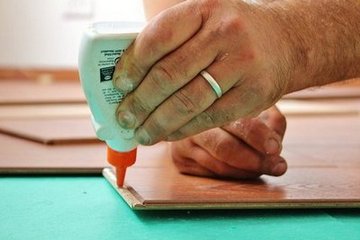
Yes , you can certainly can and it’s a very nice and cheap solution , combined with pumice stone , wood dust .
The more classical wood glues to get from the markets in HERE .
How Long , does wood grain filler take to Dry ?

This depends from the type of grain filler you use , coming from less than an hour to a many hours – days – weeks – months , if you use a natural oil for a filler as linseed oil or general natural oils , mixed with wood dust , et.c .
Usually the fillers from the markets with solvents and other drying chemicals inside they dry from hours to a day and the pure natural oils need way more time .
Where does the wood filler , not Stick to ?
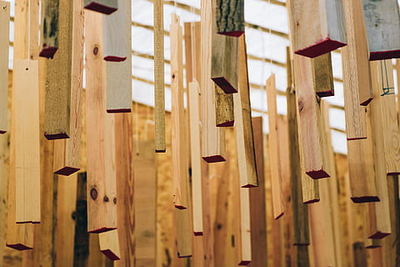
We use wood fillers , to wood only and not to other materials which they don’t have pores as glass , metal , plastic , et.c , because it isn’t designed for other materials as a substrate .
Each material has its own suitable substrate .
Can you Spray , grain filler ?
Sure you can spray a grain filler to your wood , but it has a big disadvantage that without the applying touch of a brush or a cloth – fingers , et.c , it cannot “pushed” through the wood’s fibers very deeply .
Prefer to apply it with physical touch , so you can “work it above wood” and make it , go deep .
Will Laquer , fill wood grain ?

Yes , it can fill grain , but not very deep , because it’s designed to be a final wood finishing step and not so much for inside fibers penetration .
Does wood filler , Harden like wood ?
Yes , most of the wood fillers are becoming very hard as they dry and if their formula is designed for extreme durability , they can give hardness equal to the wood’s fibers .
The linseed oil as it dries , becomes very solid and if you combine it with wood dust you’ll have very stable results .
What happens if wood filler , gets Wet ?
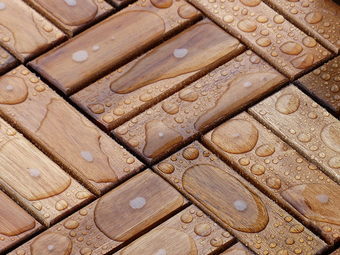
If you don’t have a wood filler with polyurethane features or any other plastic properties , the continuous wet conditions , will cause problems on it , if especially doesn’t have another finishing layer above it .
If you don’t have a specialized maybe wood filler for wet conditions , you’ll have smaller or bigger issues on wet conditions , especially if these conditions are continuous .
Can you use Epoxy as a grain filler ?
Sure you can and i think that many products in the markets have epoxy – resin factors inside them in order to have specific features to their products .
Is wood filler strong enough , to Screw into ?
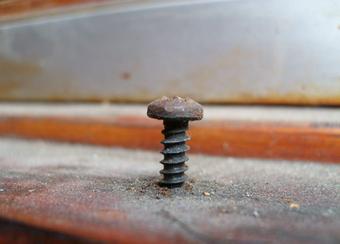
Yes , after the drying of your filler , you can screw with no fear and in the majority of the cases , the wooden surface – fibers , would be more solid and stable , than before .
Can you Drill on wood filler ?

Of course , without any fear for it and using the same attention and approach as before the wood filler use gaining the advantage of a stronger and more stable wood part in general .
When you should Not use wood filler ?
You should avoid to use a wood filler , without any other last finishing material on it , all alone in the outdoor tough weather conditions . The wood filler are top substrate solutions and there are designed for these “missions’ , not other ones .
Should i use Hardener , before wood filler ?
Yes , you may use a hardener if you want to create a super strong wood surface and the hardening of the wood filler isn’t enough for you and the result you want to take , in general .
Generally the woof fillers are making the wood more hard , than they used to be before .
How big Hole , can a wood filler fill ?
A good wood filler from the markets which looks like a stucco paste , it can fill a large enough hole in your wood , as the head of the medium sized screw maybe and if you’re try enough with your fingers , it can fill even to an inch holes on a wooden surface .
The natural wood fillers as the oils combined with pumice stone , putty , wood dust , can fill smaller holes , because the don’t contain the sticky factors , a market’s product has inside .
The wood glue can fille large enough holes , especially if you try combinations with dust , putty , et.c .
Can you oil , Over wood filler ?
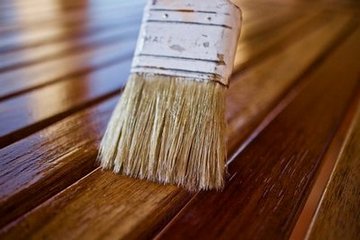
Certainly you can and if you’ve used an oil as a wood filler a substrate too , the final result will be very nice and the wood grain will be emphasized , to the maximum .
Can wood filler be used on Rotten wood ?
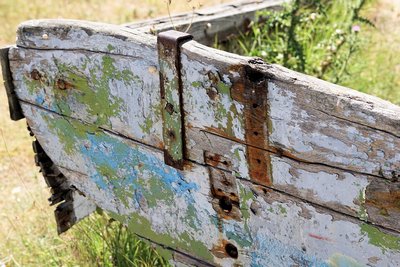
Yes , you can and you’ll help the general condition of this rotten wood , because the filler will penetrate deep , protecting the rest – healthy part of the wood and its wounded – rotten fibers .
The correct way , is firstly clean the rot using the suitable chemicals to totally clean it up and then you should proceed to any other job , you have .
Why is my wood filler , Cracking ?
The hard external conditions and mostly the continuous and “aggresive” switching of these outdoor conitions , can cause these crackings to your wood filler , because the dried( from UV’s) wood’s fibers are losing their flexibility .
How do you fill Plywood grain ?

You can use the same approach and techniques as all the other wood types , to fill the pores of your plywood having in mind that the glue the plywood has inside its mass may “block” , the bigger penetration of your wood filler .
Can you use wood filler to smooth plywood ?
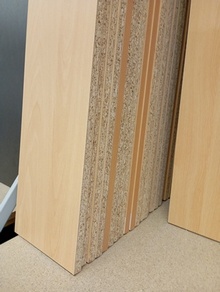
Even if the “leaves” of the veneer the plywood has are smooth enough from the machines they’re created , the wood filler will make them more smooth , “closing” the pores of the wood they made off .
What is best filler for MDF cabinets ?
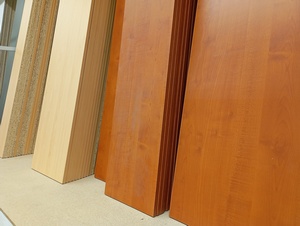
I think that a nice oilish product form the markets or just a nice oil to use it to your MDF cabinets , which they don’t have so big and open pores , would be fine .
Pass it with a cloth , make some nice thin layers to them and you’ll be ready for the final finishing .
If your cabinets will be outdoors , you’ll need specialized products from the markets .
What can i use to fill wood grain Cabinets ?

I use and recommend oil fillers or if you have a specific – difficult wood type with very closed pores , a specialized product from the markets , designed for your type of wooden cabinets .
If you have big holes – gaps to your cabinets , you need to make combinations with wood putty , et.c .
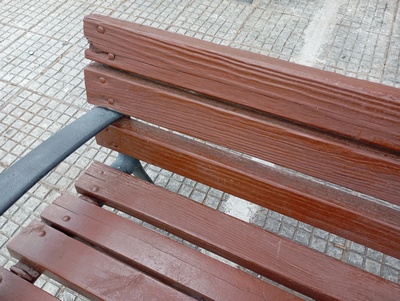
Of course you should always consider the place you have your cabinets and if they’ll be indoors or outdoors .
The outdoor conditions , require specific products and combinations .
Keep woodworking and happiness will fill your life for sure .
